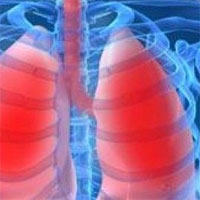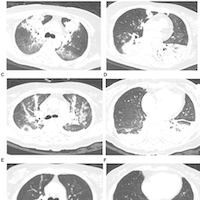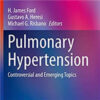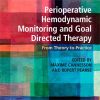Transfusion Associated Circulatory Overload
emdocs.net
A 67-year-old female with a history of congestive heart failure and CKD was brought in by ambulance from her nursing home for a gastrointestinal bleed. The patient’s total fluid balance from her nursing home was 2.5L over the past 24 hours. Her point of care hemoglobin is 4 g/dL and a transfusion of 2U pRBC and 1 FFP was initiated, though within approximately 1 hour of starting the transfusion, the patient became acutely short of breath.
Triage vital signs (VS): BP 147/92, HR 107, T 98.1 F, RR 40, SpO2 91% on 15L non-rebreather. She is in respiratory distress and has diffuse rales on pulmonary exam and diffuse tenderness on abdominal exam. You detect an S3, but the skin appears normal.
What’s the next step in your evaluation and treatment?
Answer: Transfusion Associated Circulatory Overload (TACO)1-20
Within the first 6 hours of transfusion the following typically appear:
Acute respiratory distress
Evidence of hypoxemia
Radiographic evidence of pulmonary edema
Evidence of left heart failure
Evidence of circulatory overload
Elevated BNP
Positive fluid balance
Elevated CVP
Low suspicion for ARDS














